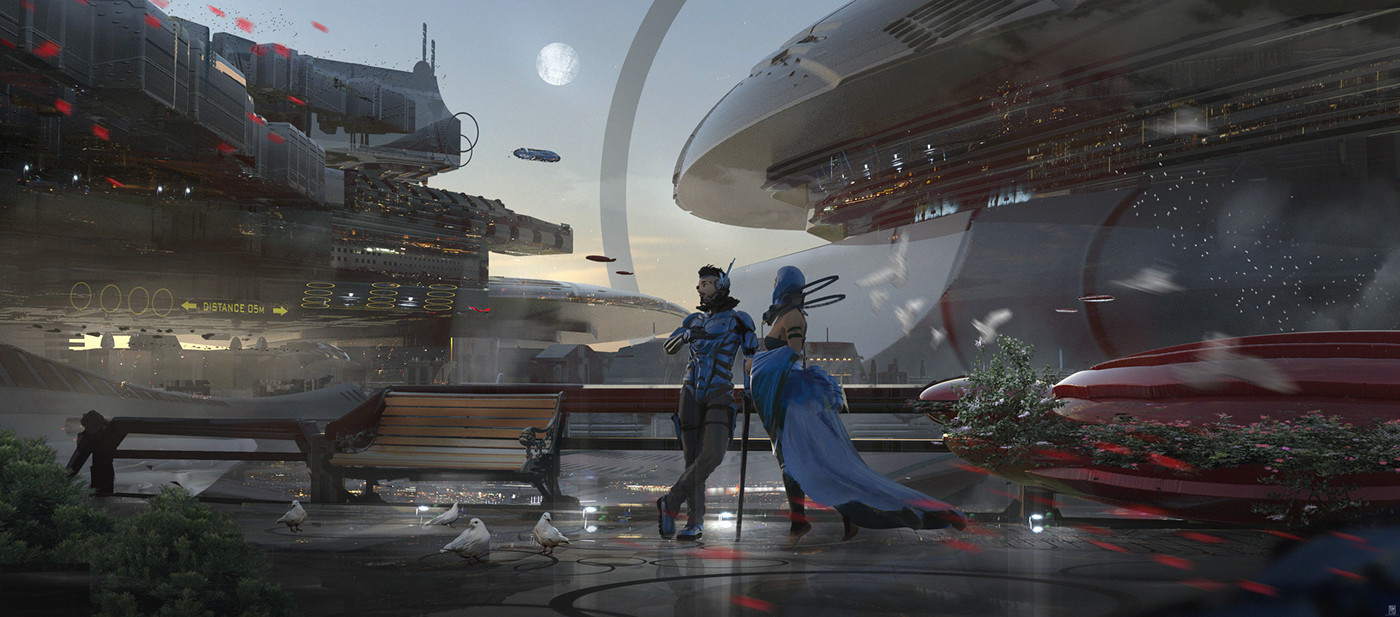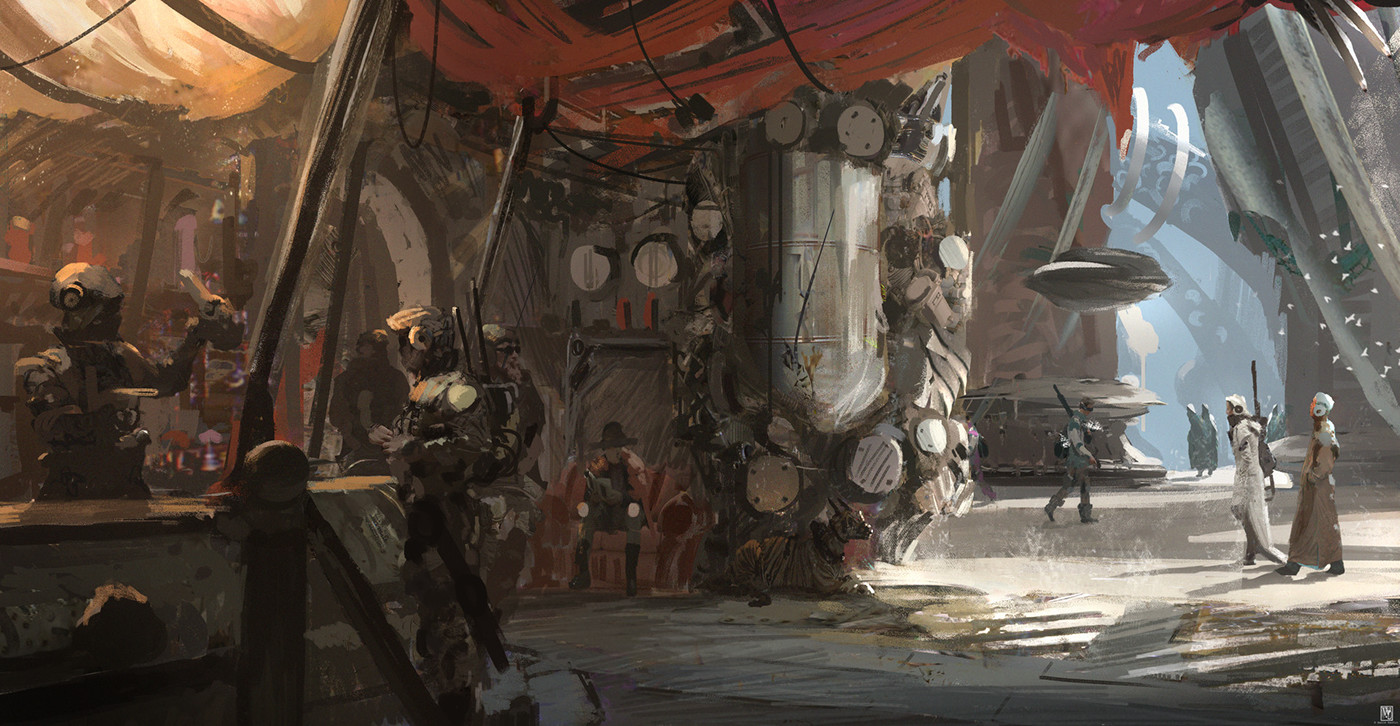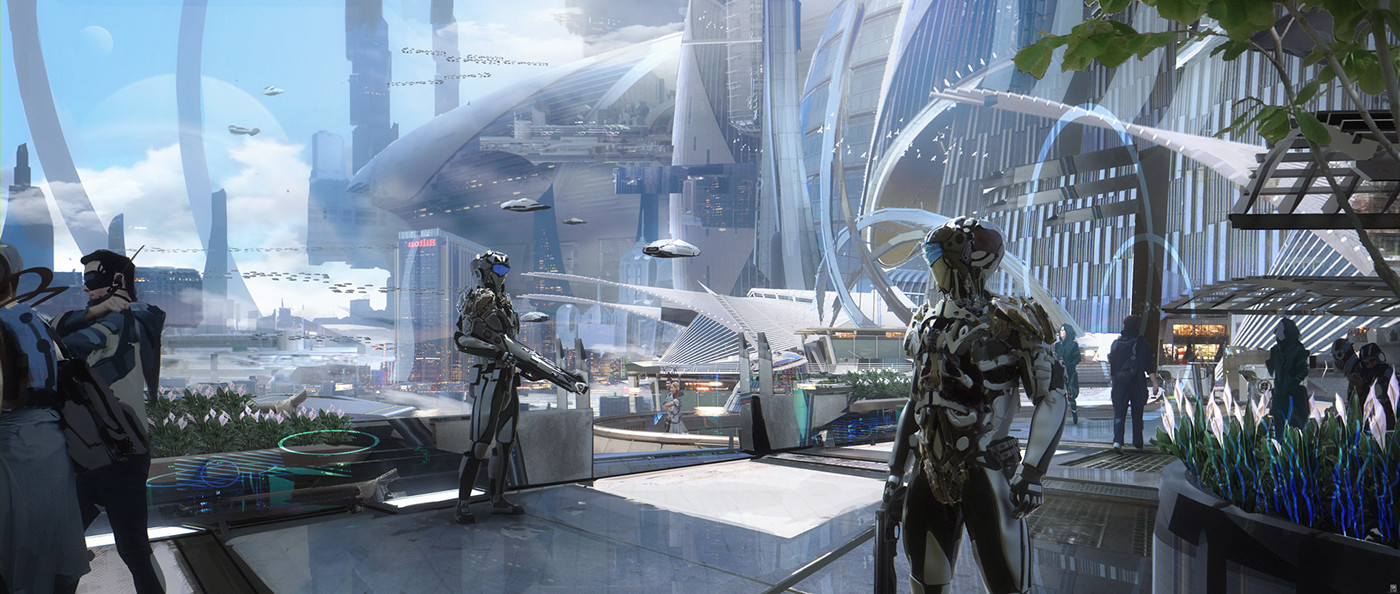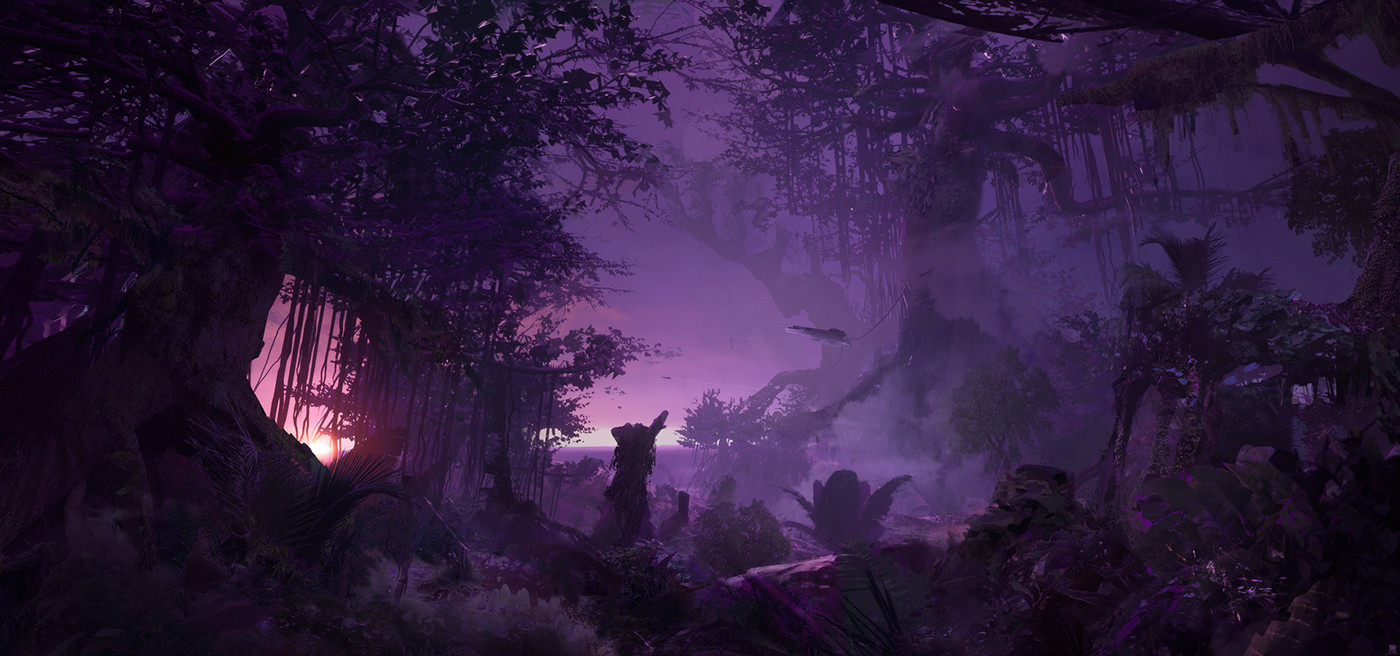January 22, 2018
Angels: Enigmatic Snaps of Los Angeles by Franck Bohbot
Angels: Enigmatic Snaps of Los Angeles by Franck Bohbot
We’re lusting after these beautiful, old-fashioney shots of the “City of Angels” by New York-based photographer and filmmaker Franck Bohbot. This talented lensman has a unique way of capturing the simple scenes of daily life due to his meticulous attention to the interplay between light and color. Enjoy these dreamlike shots of both iconic and discreet locales that make up the city of Los Angeles and be sure to check more of this accomplished photographers work here.
Almost everyone has some idea of what Los Angeles is, even if they’ve never been there. Home to Hollywood, the city churns out myth after American myth. Some see the city as a necessary part of a glamorous life — they migrate there to become stars. Others live ordinary lives and work ordinary jobs in this city of spectacle. Here, even the metallic glinting pole of exercise equipment along the shoreline, or a solitary streetlight in neon darkness, or a thrust of power lines cutting across the sky, captures something essential about the so-called “city of angels.” – Sarah V. Schweig

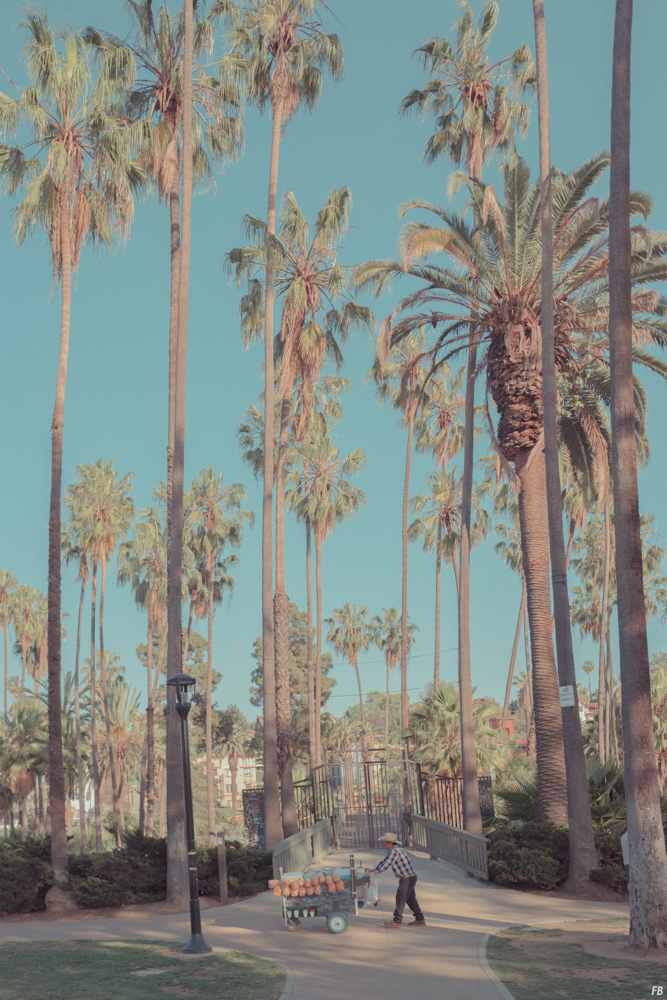
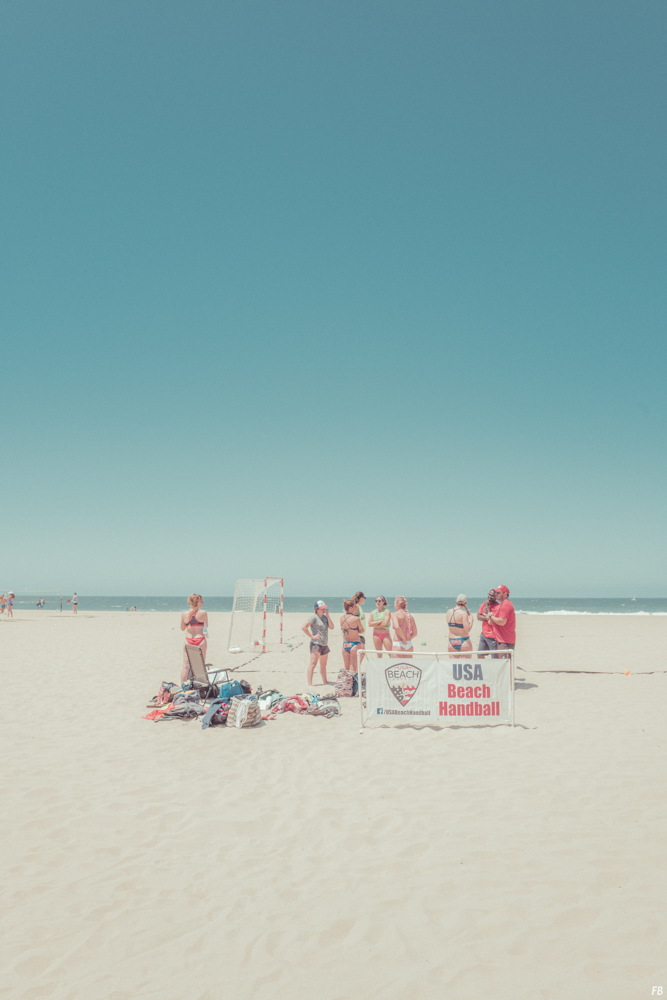

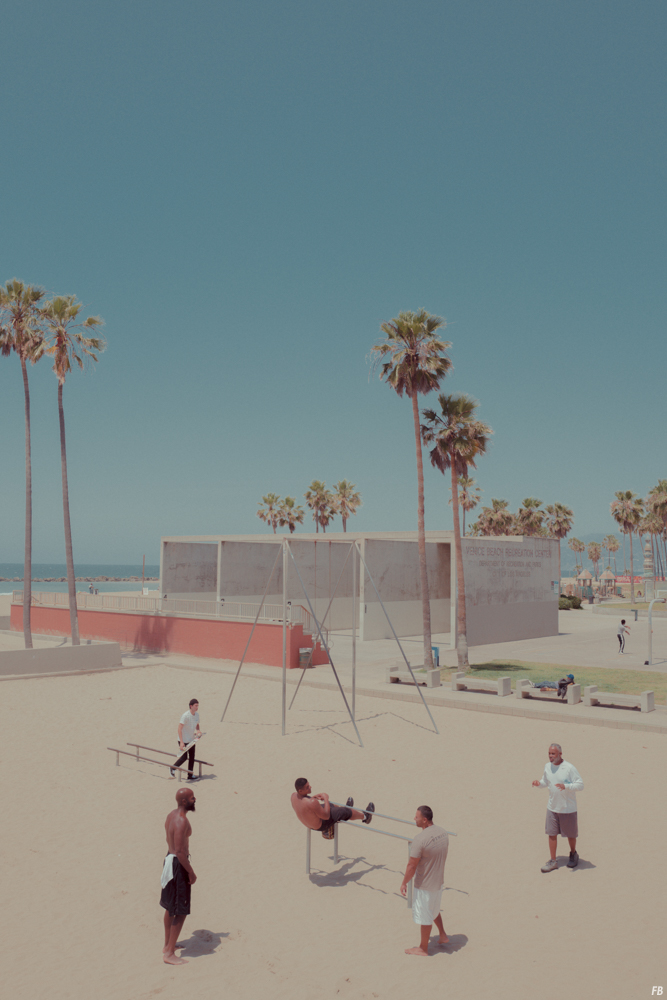
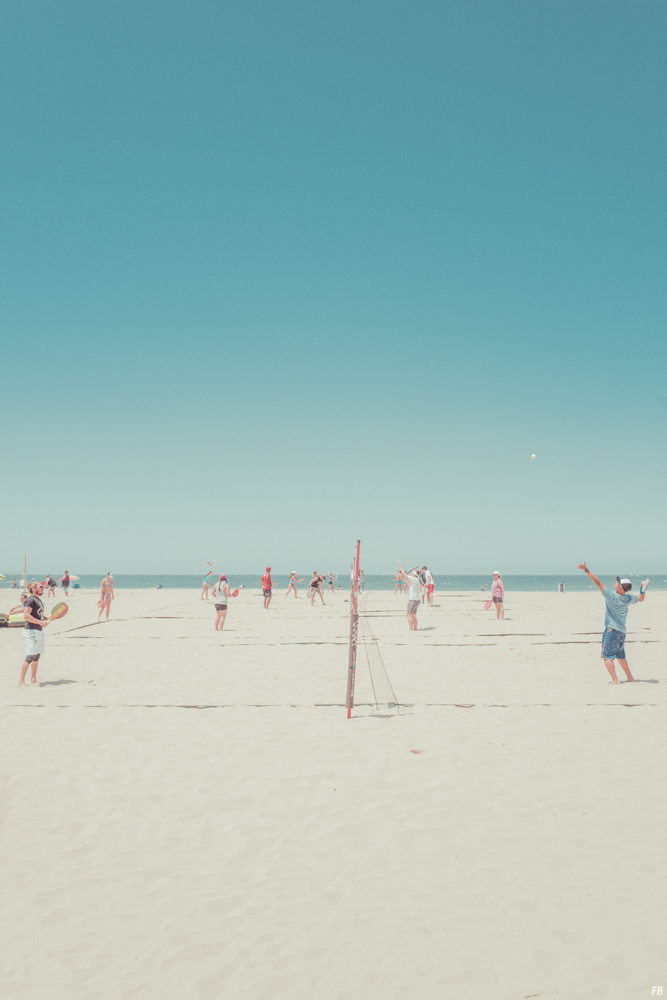
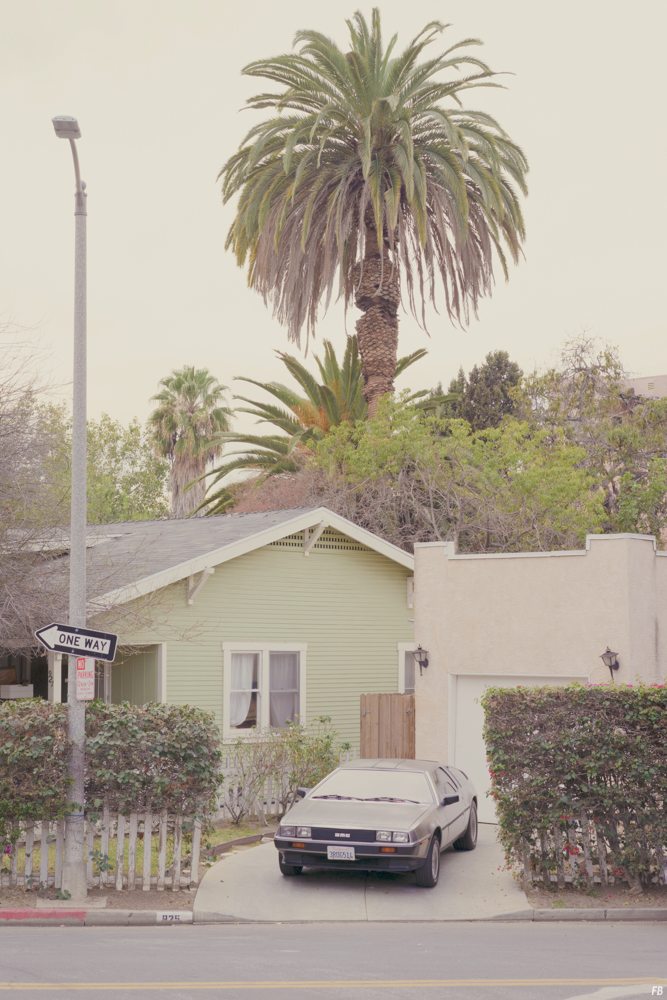
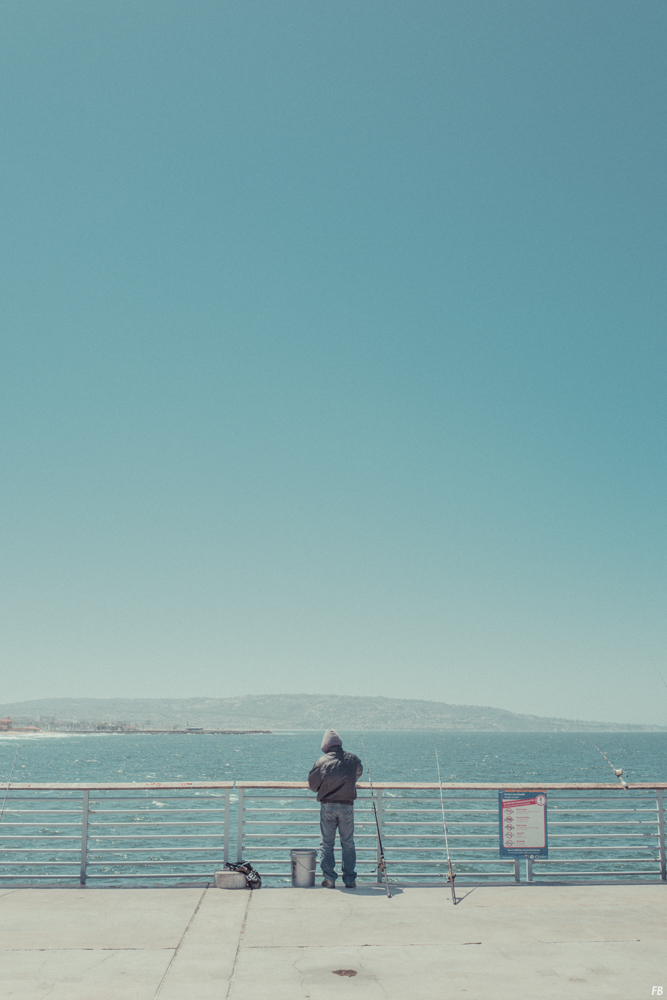 Ang
Ang


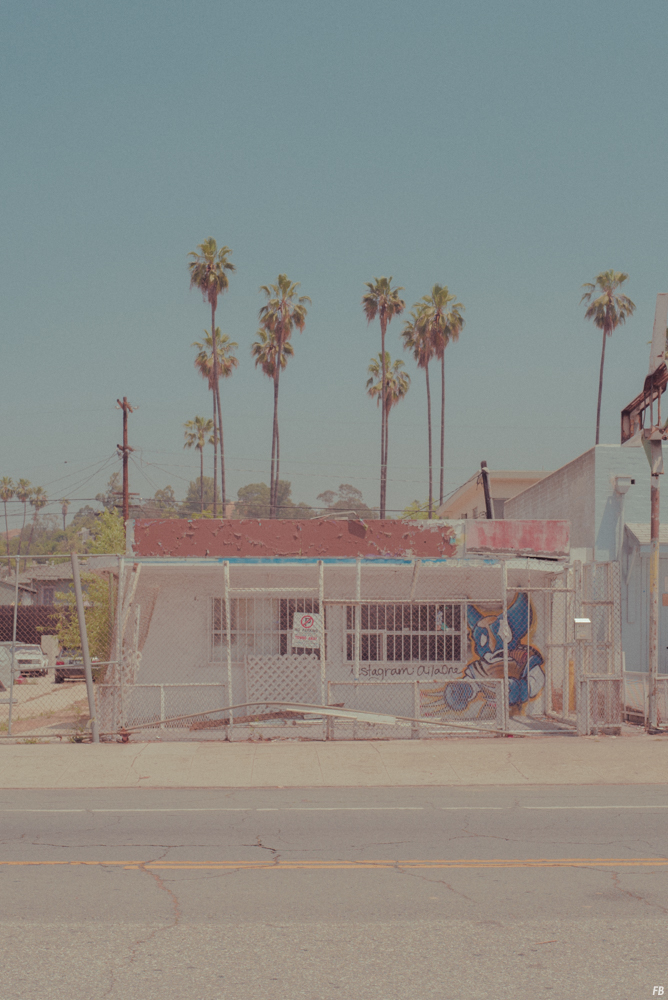
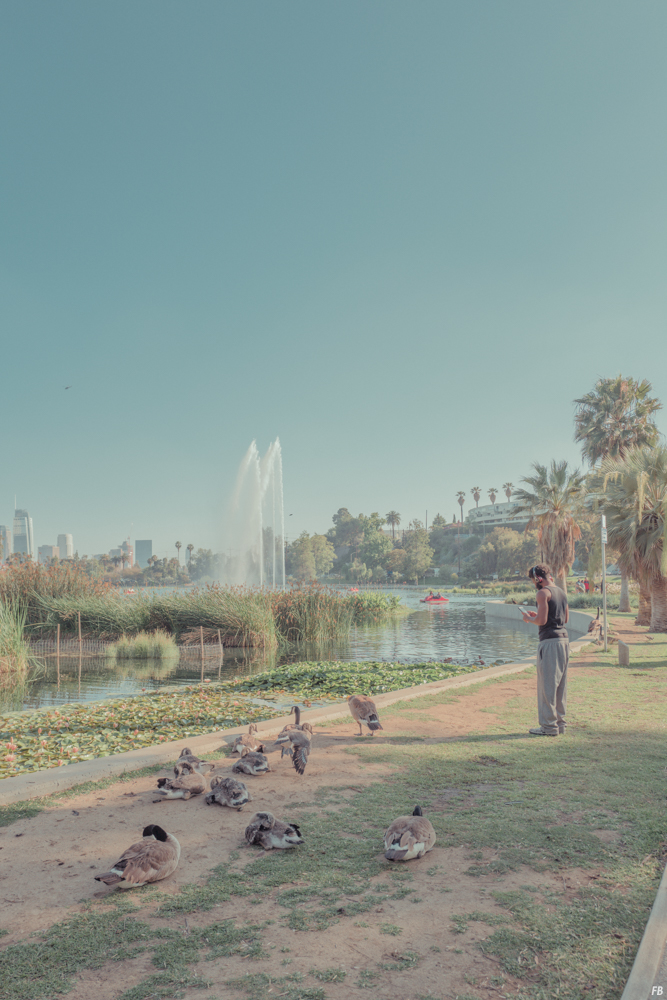
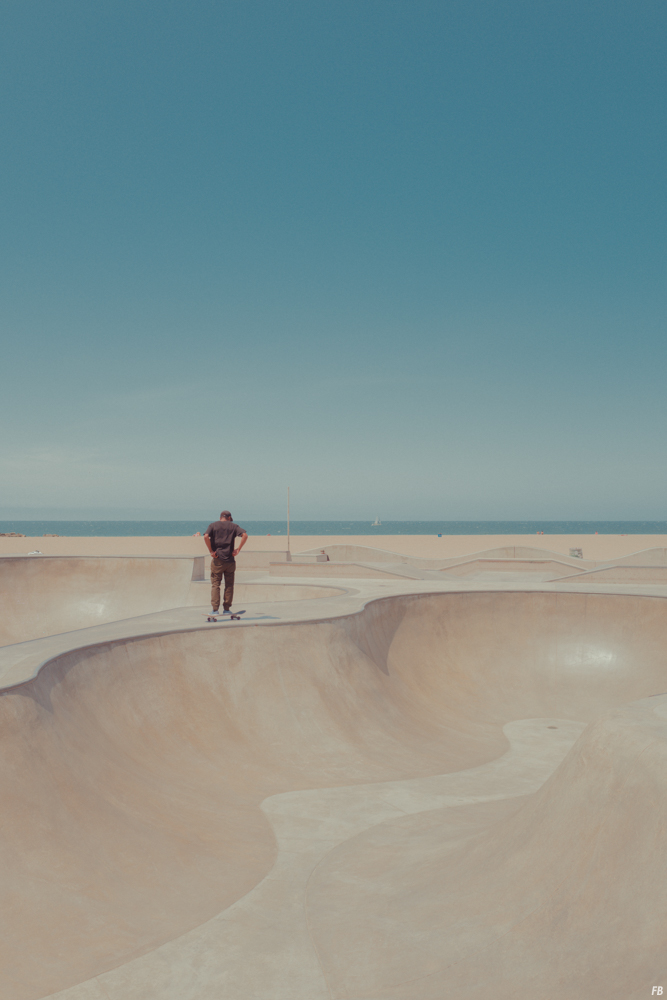
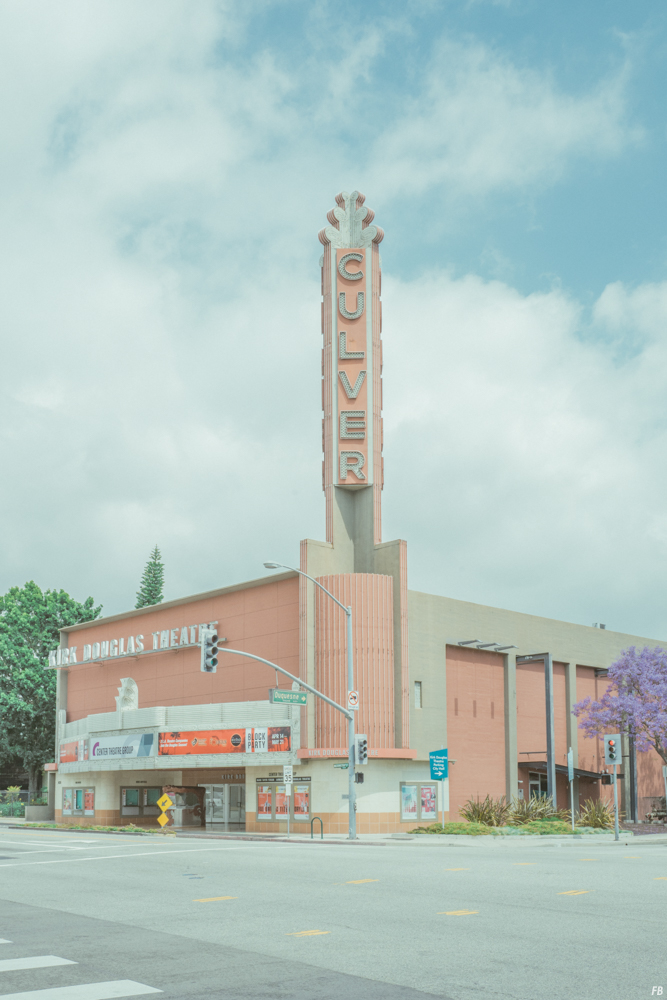



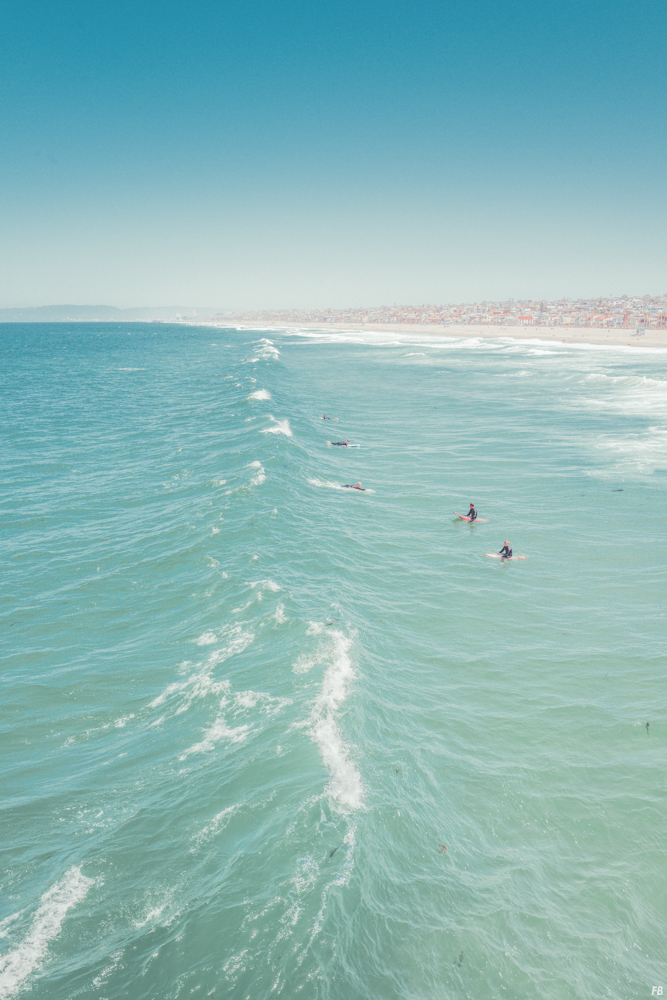
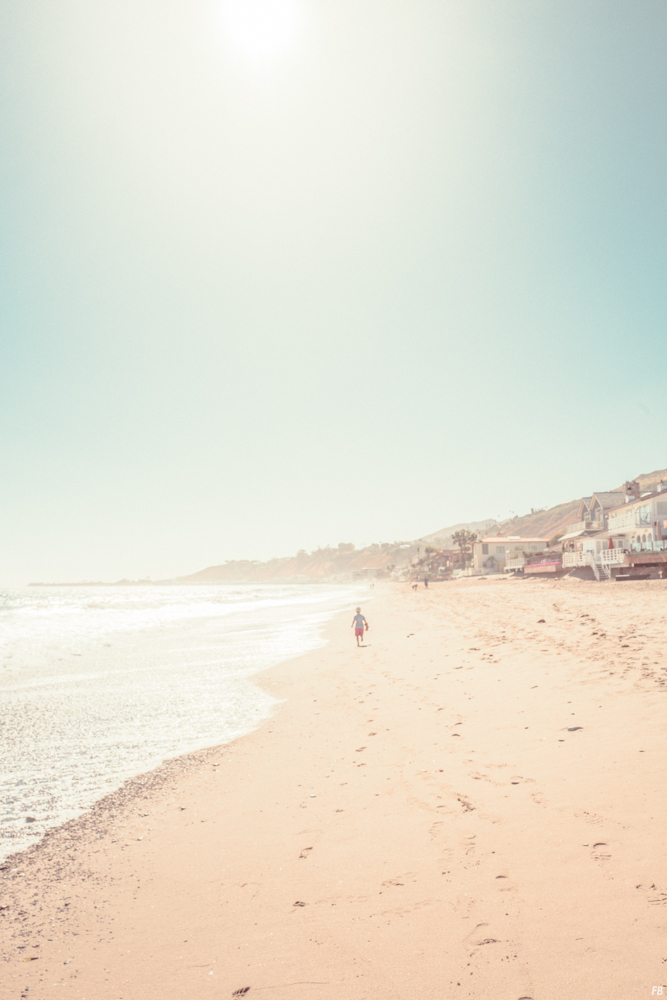

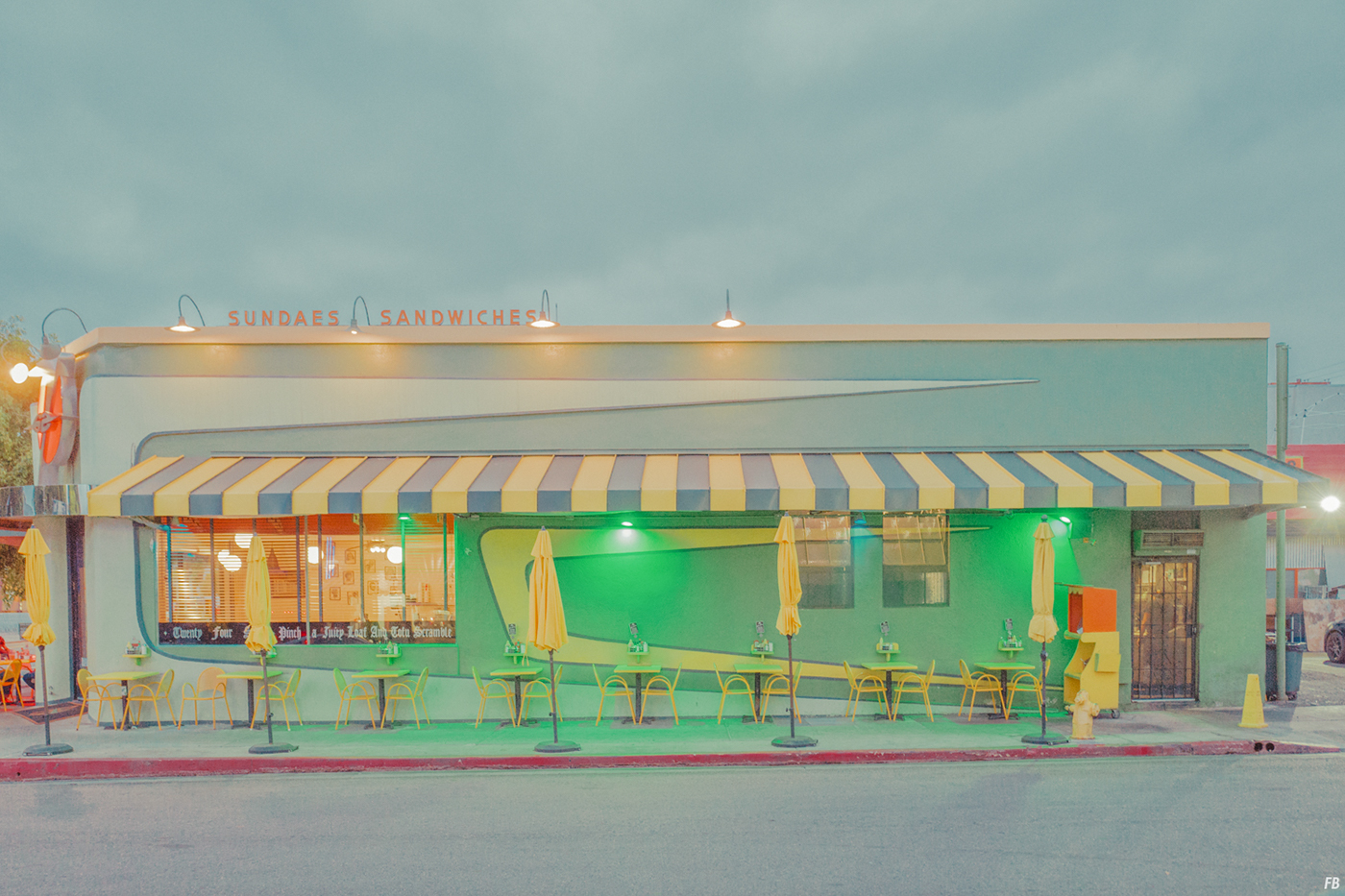



ABOUT FRANCK BOHBOT
Franck Bohbot is a New York-based Photographer & Filmmaker. With a cinematic and painterly approach to his work, he creates meticulously-crafted pictures that capture an enigmatic atmosphere, showing the mystery and dream-like quality of everyday places and everyday life with a unique attentiveness to the interplay of light and color. He has collaborated with the Louvre Museum, Fashion Designer Paul Smith, and Nike and his photos been published all over the world including New York Magazine, Wired, Time, Vogue, Bloomberg, The Independent, New York times and National Geographic to name a few. Bohbot’s photographic work inhabits a space between reality and fantasy, documenting and storytelling, every frame – to borrow a phrase from Nan Goldin – like a still from a nonexistent film.
ibby
Jan 22, 2018
Source: Abduzeedo Photography
January 22, 2018
Visions of the Future Digital Art in Photoshop
Visions of the Future Digital Art in Photoshop
It’s always inspiring to see visions of the future translated to digital art especially when 3D and digital art tools are widely available. In addition to that, there are lots of websites and resources to learn these tools. The outcome of this powerful combination is strikingly beautiful digital art like the ones shared by Wadim Kashin on a Behance post, not coincidentally called Future Visions. It seems that the illustrations were created entirely in Photoshop, which makes them even more impressive. It’s also important to highlight the still present idea of that one day we will have flying cars. Now, enough of talk. Check out some incredible digital art after the break.
Digital Art in Photoshop
abduzeedo
Jan 22, 2018
Source: Abduzeedo Illustration
January 21, 2018
‘White Fang’ Review: Jack London’s Classic Story Is Vividly Reimagined in Lush Animated Offering
Jack London’s “White Fang,” the classic story of a wild wolf-dog rendered against the harsh environment of gold-rush Alaska, has spawned a number of cinematic adaptations — a well-regarded 1991 live-action feature starring Ethan Hawke, a 1993 animated series — but it’s in the hands of French animator Alexandre Espigares that the tale comes to its most vivid life. Adapted from London’s novel by a cadre of screenwriters (there are three listed in the film’s official press kit: Dominique Monfery, Philippe Lioret, and Serge Frydman), Espigares’ film captures the essence of London’s hard-knock story while reimagining it for a slightly younger audience (in short, it’s still traumatic, but not traumatic enough to drive away the audience who will also love it so very much).
That the film includes some star-studded voice talent for this American version (the film will be translated for a variety of territories), including Nick Offerman, Rashida Jones, Paul Giamatti, and Eddie Spears, is a nice touch, but even their contributions are overshadowed by the lush animation and memorable moments that make “White Fang” such a standout. While the film mostly adheres to the plot laid out in London’s 1906 novel, Espigares and his collaborators have lightened up some of its worst moments (no need to worry about that pack of lynx kittens) and a time-flipping narrative helps dilute the tougher stuff that comes later in White Fang’s story.
And yet, it starts with heartbreak: White Fang’s final dog fight, where he’s billed as the “legend of the Klondike” and the most fearsome creature in town. He collapses before the fight can even get going.
“White Fang” then slips back to his time as a pup, trundling around the wilds with his mother Kiche, and giving way to a wordless and wondrous exploration of the natural splendor of Alaska. The painterly style that informs the film’s animation is best suited to these sequences, rendering White Fang, Kiche, scores of fellow animals, and their forest home in evocative style, so carefully crafted that you want to reach out and touch every leaf and tuft of fur. Despite such intense beauty — there’s one scene that sees White Fang and Kiche observing falling snow that’s already a frontrunner for best of the year — “White Fang” never lets the worries of the real world slip away, and the two wolf-dogs are constantly left to contend with hunger, fear, injury, and worse.

“White Fang”
There are threats on all sides (that first sequence makes it clear that White Fang will eventually fall prey to the worst of them), and the introduction to still more humans speaks to the scant weaknesses of the film: Most of the human characters don’t look as lovely as White Fang and his mother. They appear harsh and big-eyed, even when they’re friends (and if they’re foes, all the more horrifying; Giamatti’s character is a wretch for the ages), and their dialogue often feels stilted and limp. When “White Fang” focuses on its real stars — animals, Alaska, the spread of untamed country — it’s as visionary as any animated film. Placed alongside ham-fisted humans, it loses its power.
That may be the point. London’s novel never skimped on portraying the darker sides of human and beast, and “White Fang” is as much about man’s need to confront the wildness in order to move into domesticated space as it is about unbroken animals doing the same thing.
As White Fang comes into contact with still more humans, he’s forced to contend with their very different approaches to the world and those that inhabit it. From Grey Beaver (voiced by Spears), his first human master — here portrayed as far more virtuous and loving than London originally wrote him — to the evil Beauty Smith (Giamatti) and the warm-hearted Weedon Scott (Offerman), “White Fang” navigates both its lead and its audience through the best and worst that mankind has to offer.
The film makes the same argument for animated offerings, deftly moving between scenes as stirring as dazzling and lavish as could be provided by any live-action film, before swinging towards an uneasy depiction of the human world. The power and majesty of White Fang, a truly wonderful protagonist, still makes a journey worth taking.
Grade: B
“White Fang” premiered at the 2018 Sundance Film Festival. It is currently seeking U.S. distribution.
Sign Up: Stay on top of the latest breaking film and TV news! Sign up for our Email Newsletters here.
Source: IndieWire film
January 21, 2018
Armie Hammer Was Very Generous With His Weed on ‘Sorry to Bother You’ — Watch
Pretty much everyone besides James Woods loves Armie Hammer these days. Just ask the cast and crew of “Sorry to Bother You,” a racial satire that’s currently the talk of the town at Sundance. Speaking to Vulture, his castmates showered praise on the “Call Me by Your Name” star for his marijuana-related generosity on set.
“The first time I saw him, he gave me some weed,” said Omari Hardwick, one of Hammer’s co-stars in the film. “Yeah, I heard you had weed too,” chimed in Tessa Thompson. As laughter took over the room, director Boots Riley took charge. “I’m gonna clear this up,” he said. “Omari was like, ‘Man, that Armie, he’s a cool dude. He just gave me all this weed as a gift.’ And when I saw Armie the next time, he’s like, ‘Hey, have you seen Omari? I asked him to hold all this weed for me.’ ”
“I found more,” Hammer then assured everyone. “Don’t worry, I found more.”
“I thought you were so generous,” added Thompson. “Taylor was on set like, ‘Armie’s giving away lots of pot.” Watch the full exchange below.
Source: IndieWire film
January 21, 2018
‘The Happy Prince’ Review: Oscar Wilde Is a Depressed Loner in Rupert Everett’s Humorless Biopic — Sundance 2018
Most people know Oscar Wilde as the preeminent source of British wit, a high-society raconteur whose plays and novels epitomize what it means to be the life of the party. That characterization recedes to the shadows in “The Happy Prince,” in which Rupert Everett directs and stars as the flamboyant literary giant at the end of his life. Anyone expecting Wildean banter will be sorely disappointed — think more of an autobiographical spin on “The Portrait of Dorian Gray” than “The Importance of Being Earnest” — but it’s Everett’s formidable investment in the role that rescues the movie from being a total letdown. Nevertheless, “The Happy Prince” largely amounts to a bland rumination on Wilde’s lesser-known decline.
The drama mostly takes place in 1867, shortly after Wilde was released from prison for “indecency with men.” Exiled to France, he roams about town with Falstaffian prowess, even as he’s clearly a sad shell of his former self. Everett, who played a variation of this character onstage more than once with “Judas Kiss,” transforms Wilde into an absinthe-guzzling mess who wanders through back alleys and claustrophobic cabarets. At one establishment, he holds court with a rapt audience while singing an old show tune, then face-plants in a drunken heap, yielding an injury that leaves him bedridden. So far, so intriguing — but “The Happy Prince” settles into a glacial character study more content to linger in its pity party than provide deeper insights.
From there, the timeline shifts, exploring the immediate aftermath of Wilde’s release from prison with occasional flashbacks to happier times. Back in England, his estranged wife Constance (Emily Watson, her face frozen in disapproval) continues to support Wilde from afar. In lieu of her company, he’s joined by longtime lover Lord Alfred Bosie Douglas (Colin Morgan, in a heartfelt turn), literary agent Robbie Ross (Edwin Thomas), and longtime pal Reggie Turner (Colin Firth, wearing an awkward mustache). This trio forms a cogent support system as Wilde repeatedly moans about his lost opportunities, writer’s block, and the occasional spiritual insight. (“I am my own Judas,” he says, contemplating the discovery of faith during his jail time.) Set across beaches and lonely cafés, the movie foregrounds Wilde’s insights about his faded stardom and disdain for the culture that exiled him. “The natural habitat of the hypocrite is England,” he sighs, recalling a world that embraced his exuberance before rejecting it for good.
There’s plenty to appreciate in Wilde’s struggle, thanks in large part to Everett’s investment in the role, but he falls short of giving the surrounding movie the same elevated intensity. Unfolding in the format of a melodrama, “The Happy Prince” suffers from murky lighting schemes and peculiar transitions, suggesting that Everett’s first time as a director found him uncertain how to apply his theatrical instincts to a different medium. The result is more “Masterpiece Theater” than movie.
Beyond that, “The Happy Prince” takes Wilde’s stature for granted, and makes hardly any reference to his best-known works. Instead, they hover around him with a phantom-like air, requiring audiences to do the extra legwork. Onstage, it’s easy to see how the melancholy air might resonate without additional context. Here, the movie falls into a grating pattern of men chatting in somber tones about old times. Diehard Wilde fans will find some intriguing observations lurking in this snapshot of the writer’s final moments — his capacity as orator, wonderfully realized by Everett, explains much about his prose — but redundancy sets in.
Of course, that’s the whole point: “The Happy Prince” is about a man trapped in limbo between the world behind him and new possibilities he can never realize. “We are lost in our own world,” he says, an astute observation for this pioneering figure of gay culture who was forced to hover on the outskirts of Victorian ideals. He’s a strikingly tragic creature, but “The Happy Prince” struggles to say much more about that conundrum, leaving one to contemplate the potential had Wilde emerged from retirement to fill in the blanks.
Grade: C+
“The Happy Prince” premiered in the Premieres section at the Sundance Film Festival. It is currently seeking U.S. distribution.
Source: IndieWire film
January 21, 2018
Natalie Portman Says She Experienced ‘Sexual Terrorism’ as a 13-Year-Old in Hollywood — Watch
Natalie Portman has her own #MeToo story. Speaking at yesterday’s Women’s March, the Oscar winner said that she experienced “sexual terrorism” when she was 13 years old and that the first fan letter she ever received was a “rape fantasy” from a man.
Portman came to attention at a young age, beginning with her role in “Léon: The Professional” and continuing with the “Star Wars” prequel trilogy. “A countdown was started on my local radio show to my 18th birthday — euphemistically the date that I would be legal to sleep with,” she said onstage yesterday. “Movie reviewers talked about my budding breasts in reviews. I understood very quickly, even as a 13-year-old, that if I were to express myself sexually I would feel unsafe and that men would feel entitled to discuss and objectify my body to my great discomfort.”
“At 13 years old, the message from our culture was clear to me. I felt the need to cover my body and to inhibit my expression and my work in order to send my own message to the world that I’m someone worthy of safety and respect,” she added. “The response to my expression, from small comments about my body to more threatening deliberate statements, served to control my behavior through an environment of sexual terrorism.”
Watch her full comments below.
Natalie Portman said experiencing "sexual terrorism" at the age of 13 made her feel the need to cover her body and inhibit expression while addressing thousands in LA gathered for the Women's March https://t.co/LjDJxrz1DV pic.twitter.com/X9Ee9dZUBM
— CNN (@CNN) January 21, 2018
Source: IndieWire film
January 21, 2018
Scarlett Johansson Calls Out James Franco at the Women’s March: ‘I Want My Pin Back’
Scarlett Johansson was among the many actresses to speak at yesterday’s Women’s March, but few were as pointed in their remarks as the “Avengers” star. Addressing a crowd in Los Angeles, Johansson made a comment about men abusing their positions of power that was widely speculated — and later confirmed — to have been directed toward James Franco. Watch below.
“My mind baffles: How could a person publicly stand by an organization that helps to provide support for victims of sexual assault while privately preying on people who have no power?” she asked before adding, “I want my pin back, by the way.”
“How is it okay for someone in a position of power to use that power to take advantage of someone in a lesser position? Just because you can, does that ever make it okay?”
According to the Los Angeles Times, Johansson’s rep confirmed that the remark was “meant for and referring to Franco.”
Ending her speech, Johansson said, “No more pandering. No more feeling guilty about hurting someone’s feelings when something doesn’t feel right for me. I have made a promise to myself to be responsible to myself, that in order to trust my instincts I must first respect them.”
Source: IndieWire film
January 19, 2018
Frontline Cities – 2018 SXSW Programming Trends
Each year, different trends emerge from SXSW programming and act as identifiers for where we’re at and where we’re headed. From the 12 significant trends identified by the SXSW Programming Team for the 2018 event, Frontline Cities explores how cities are evolving and uniting to confront issues like climate change, cybersecurity, immigration, and extremism. Get to know this trend and related-SXSW sessions below that we think will dominate discussions this March.
Frontline Cities Trend
Among SXSW 2018 sessions related to the Frontline Cities Trend, hear from Buddy Dyer Mayor of the City of Orlando, Nathan Sales of the US Department of State, Andy Berke Mayor of Chattanooga, and others during Local Leadership in the Wake of Terror as they discuss how to minimize the short-and long-term impact of terrorism, from reducing hate crimes, fear, and misinformation through the words and actions of local leaders. Delve into how cities are confronting racial inequity in the Government Track session America’s Mayors: Fighting for Racial Equity and learn how cities and advocates are seeking to define – and redefine – what it means to be a sanctuary city during the Cities Summit session Redefining Sanctuary Cities.
According to SXSW Cities Summit Programmer Julie Yost, “In the past year, we’ve seen cities in the US and abroad taking matters into their own hands. These sessions explore the evolving role of cities as new leaders on a variety of issues including immigration, digital equity, climate change, government transparency and more. Beyond government, we’re seeing new generations of activists, artists, technologists, and designers stepping up to solve problems at the local level, and we’re honored to include many of these inspiring voices in our inaugural Cities Summit.
Hear from mayors, directors, researchers, and activists on how cities can overcome partisan politics and revolutionize their role in addressing systemic problems. Stay tuned as we continue to announce more sessions through March. But for now, be sure to add these sessions to your SXSW 2018 schedule.
Frontline Cities Session Highlights
- Local Leadership in the Wake of Terror
- America’s Mayors: Fighting for Racial Equity
- New Localism: Reimagining Power in a Populist Age
- Redefining Sanctuary Cities
- Sensemaking for Cities: Conflict and Complexity
Join Us for SXSW 2018
The SXSW Conference includes 24 programming tracks divided amongst Interactive, Film, Music, and Convergence. Each March, some of the world’s most creative minds come together in Austin, Texas to discover, learn, network, brainstorm and collaborate.
Explore new opportunities during 10 days of sessions, screenings, showcases, exhibitions, networking, and beyond from March 9-18 at SXSW 2018. Save big when you register to attend before Friday, February 9.
SXSW registrants get access to SXSW hotels at the lowest rates available by making reservations through SXSW Housing & Travel. Visit our availability page and then book your stay today to save.
Follow us on Facebook, Twitter, Instagram, and SXSW News for the latest SXSW coverage, announcements, and updates.
Teaser Photo by Nicole Burton
The post Frontline Cities – 2018 SXSW Programming Trends appeared first on SXSW.
Source: SxSW Film
January 19, 2018
SouthBites Update: Introducing Roasters Village and Three New Trucks

In collaboration with Sprudge, the Official Media Partner of Roasters Village, SXSW is thrilled to welcome the specialty coffee and tea industry in 2018 with the introduction of Roasters Village in the SouthBites Trailer Park. Curated to feature the top brands in the growing industry, this exhibition will run daily from 11am-9pm, March 10-12.
Come taste, touch, and smell some of the best names in the coffee and tea biz. Here’s a sneak peak of the vendors that will be in Roasters Village:
- Deadstock Coffee
- Five Elephant
- Intelligentsia Coffee, Inc.
- Irving Farm Coffee Roasters
- Slingshot Coffee Company
- Swiss Water Decaffeinated Coffee Company, Inc.
- Third Wave Water
- Tweed Coffee Roasters
- upruit
- Vega Coffee
Three New Food Trucks
In addition to Roasters Village, we are delighted to announce three more food truck additions to the SouthBites Trailer Park: Bodhi Viet Veggie Cuisine, OneTaco, and Ranch Hand.
This brings the total number of food trucks in the lot to 14. If you missed the last announcement, you better go peep that list and get your taste buds ready for March.
SouthBites Trailer Park is open daily from 11am-midnight, March 9-17.
Bodhi Viet Veggie Cuisine

Peace begins on your plate. Our goal is to spread this message through tasty, meat-free and meat-alternative Vietnamese cuisine. We are a group of local Buddhist nuns who believe that wholesome vegetarian food is the key to a peaceful and healthy lifestyle. We seek to spread basic principles of wisdom and peace through fresh and affordable food.
OneTaco

OneTaco co-owners Tony Avila and Axel Beverido aim to bring a traditional Mexican Taqueria to the city. “What you want to do is perfect them and make them taste as best as you can and work on your environment. It’s not about experimenting. It’s about being true to the tradition.” OneTaco opened a food truck in November 2009 off 6th Street in downtown Austin. In June 2016, OneTaco opened their first brick-and-mortar location.
Ranch Hand

Ranch Hand was started by two Texas MBA students who believe meat from Texas ranches is too often showcased in an unhealthy way: think BBQ, Tex Mex, or cheeseburger joints. Ranch Hand flips the script and showcases Texas proteins in a healthy, sustainable way. Take their “Cilantro” bowl for example, which features ground Akaushi meatballs from HeartBrand ranch, organic avocado, organic mixed greens, watermelon radish, cucumber, black beans, grilled corn and a garnish of cilantro, served with a lime-jalapeño vinaigrette.
The post SouthBites Update: Introducing Roasters Village and Three New Trucks appeared first on SXSW.
Source: SxSW Film
January 19, 2018
Q&A and Portrait Gallery Chicano Batman
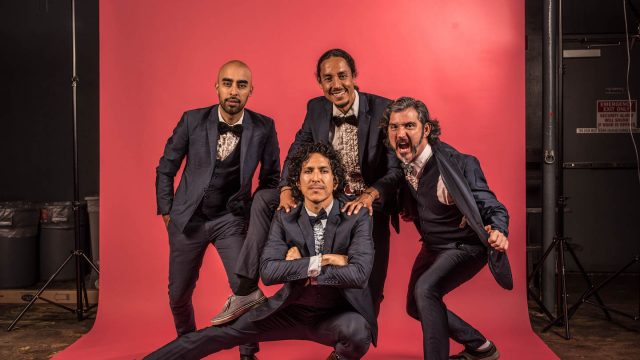
All photos by Dylan O’Connor
The SXSW portrait series focuses on one SXSW alumni band, either local or traveling through Austin on tour, to find out what they have in the pipelines and shoot some cool photographs.
The LA-based psychedelic soul band Chicano Batman formed in 2008 and has continued to build on their impressive musical catalogue over the past decade. We recently had the chance to meet up with Eduardo Arenas, Carlos Arévalo, Bardo Martinez, and Gabriel Villa to have a chat and take some photographs at the tail of end of the band’s breakout year in which they released the critically acclaimed LP titled Freedom is Free, performed at SXSW and Coachella, and made a late-night appearance on Conan.
Read on and browse through the gallery.
Q&A
The band’s sound draws on various musical traditions, what are a few influential albums that helped to shape your unique sound?
Caetano Veloso Transa, Los Angeles Negros Y Volvere, The Beatles White Album, and Curtis Mayfield Curtis/Live!
Freedom is Free is more openly political than previous releases, did you feel a responsibility to address changes in the political climate in your work? What role do you think artists should play in national conversations?
The climate has always been political, and the need to express those realities has been ever present throughout history. Freedom is Free was actually recorded before Trump’s election. Freedom is Free is more of a reflection of the fundamental inequalities and injustices in our society. Artists must say what they feel, and that’s what we’re doing.
To close things out, you’ve been a repeat Showcasing Artist at SXSW, do you have any interesting stories about performing at SXSW?
Stories. . . jaja. . . oh we got plenty. Got stuck in the freight elevator at the convention center, were late to the next show, quickly unloaded (after downing a 12 pack of energy drinks) and played a set in which the electricity cut out on half the band. We played a total of 2 whole songs, we gave it all we had though. My organ was on, and the Eduardo’s bass was on, so we jammed out with Gabriel on the drums, I jumped up on speakers to mc and hype the crowd. . . it was a blast! All the while, the sound woman was climbing pillars trying to connect power system. . . We later found out that the gig landed us a slot at Conan! Lesson here: give it all you got.
Portrait Gallery
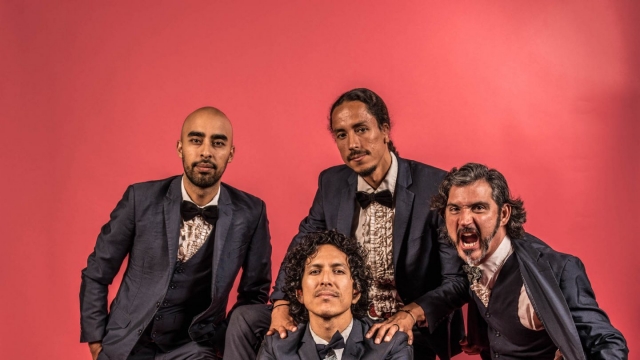
All photos by Dylan O’Connor
The post Q&A and Portrait Gallery Chicano Batman appeared first on SXSW.
Source: SxSW Music
